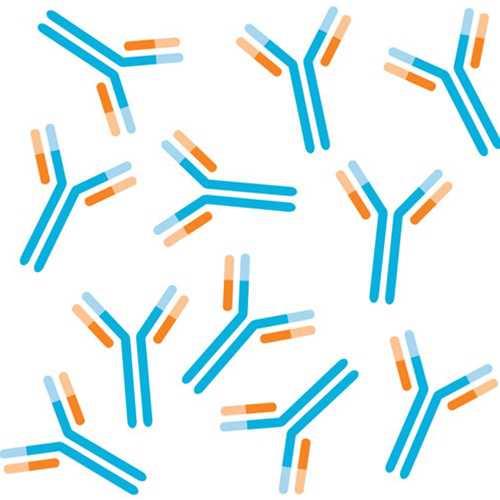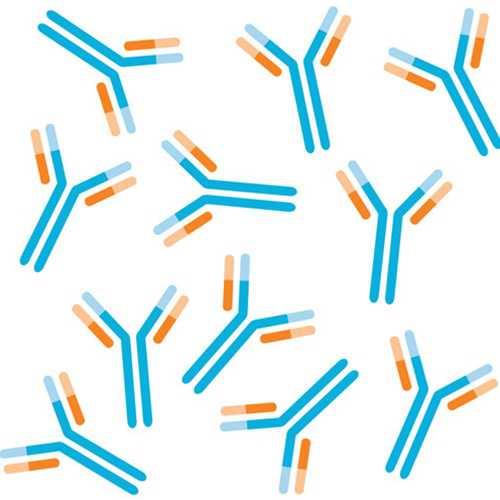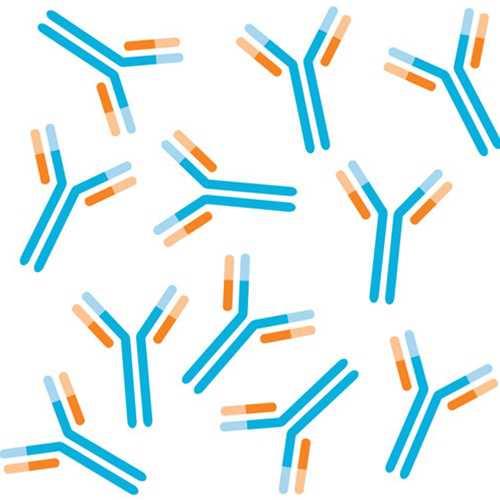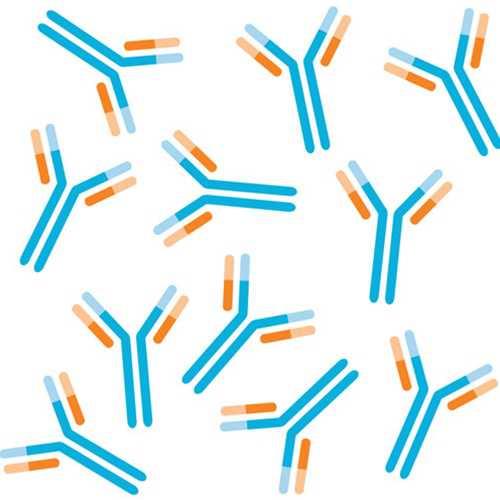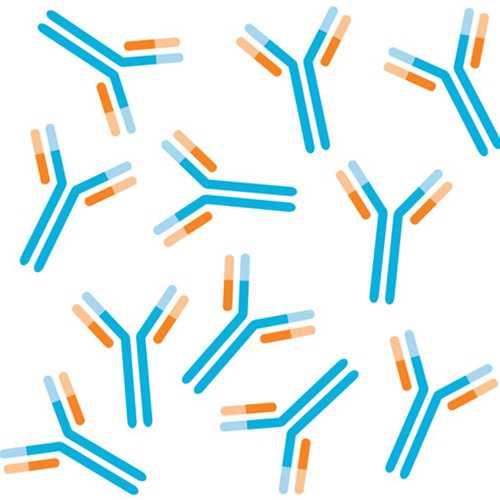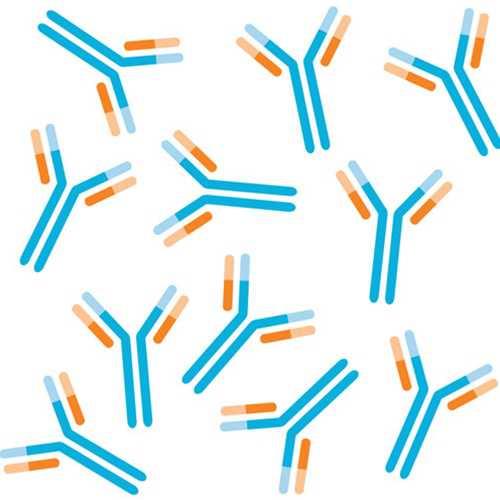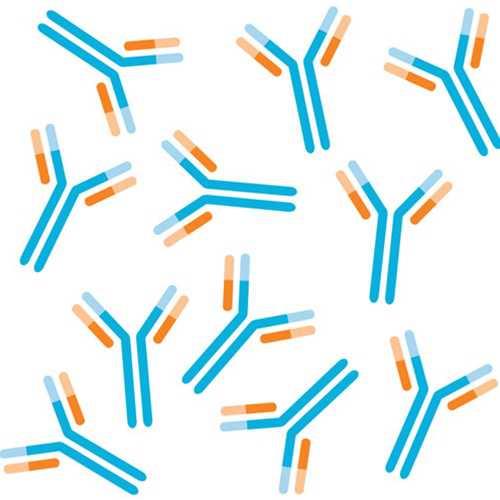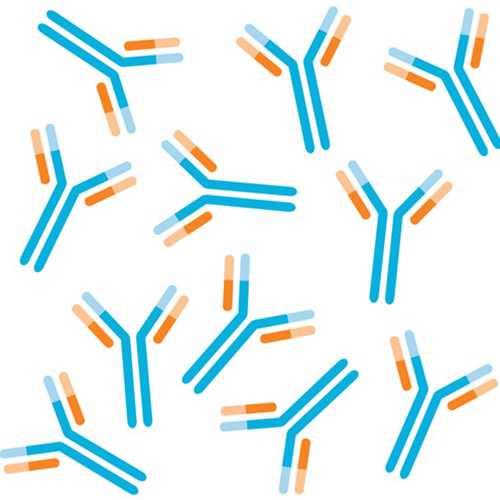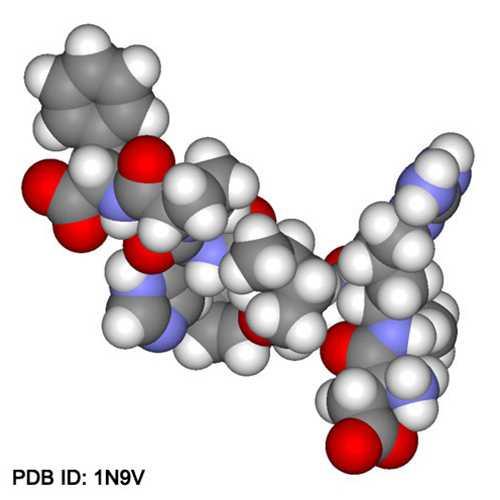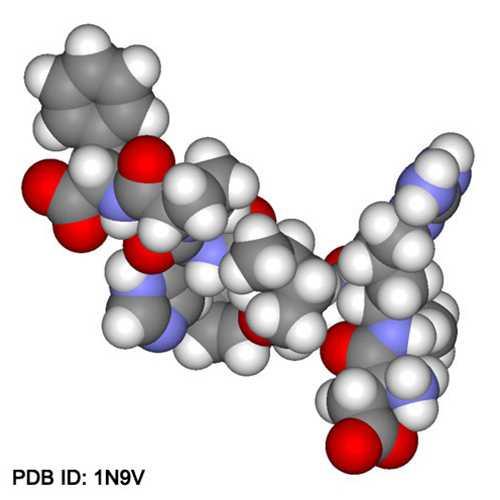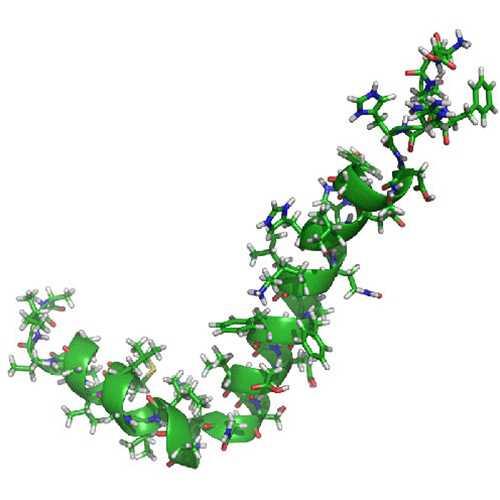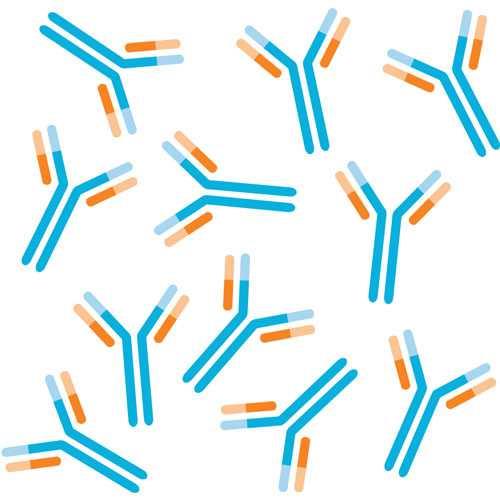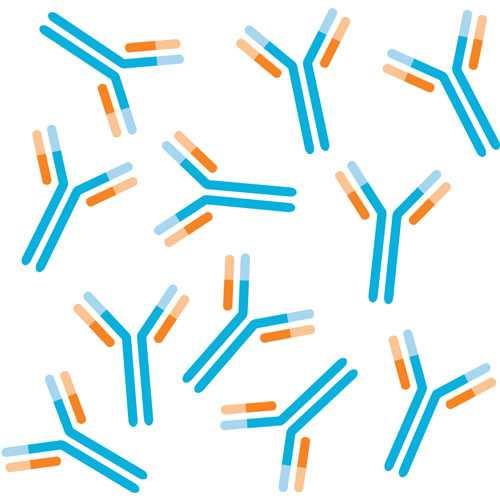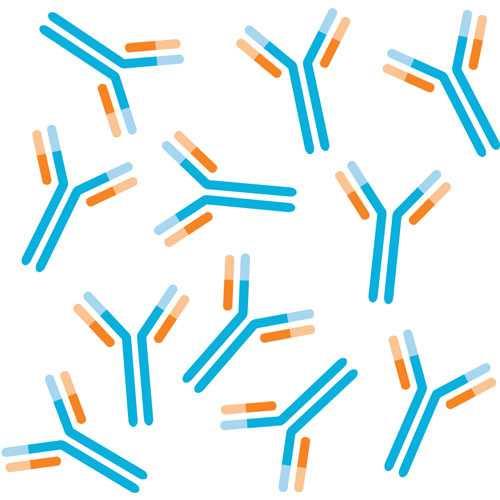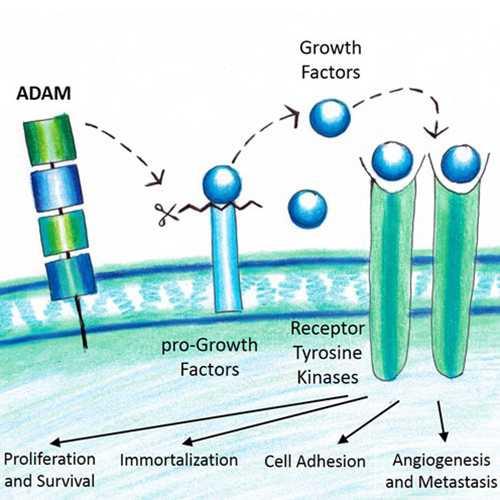产品安全信息
Siddiqui MA, Ambre S, Keay SK, Rhyne JM, Zhang CO, Barchi JJ Jr. GlycoaminoAcid Analogues of the Thomsen-Friedenreich Tumor-Associated Carbohydrate Antigen:Synthesis and Evaluation of Novel Antiproliferative Factor Glycopeptides. ACSOmega. 2017 Sep 30;2(9):5618-5632. doi: 10.1021/acsomega.7b01018. Epub 2017 Sep8. PubMed PMID: 28983523; PubMed Central PMCID: PMC5623948.Keay SK, Zhang CO. Abnormal Akt signalling in bladder epithelial cell explantsfrom patients with interstitial cystitis/bladder pain syndrome can be induced by antiproliferative factor treatment of normal bladder cells. BJU Int. 2016Jul;118(1):161-72. doi: 10.1111/bju.13457. Epub 2016 Mar 29. PubMed PMID:26919663.Kim J, Keay SK, You S, Loda M, Freeman MR. A synthetic form of frizzled8-associated antiproliferative factor enhances p53 stability through USP2a andMDM2. PLoS One. 2012;7(12):e50392. doi: 10.1371/journal.pone.0050392. Epub 2012Dec 6. PubMed PMID: 23236372; PubMed Central PMCID: PMC3516501.Yang W, Kim Y, Kim TK, Keay SK, Kim KP, Steen H, Freeman MR, Hwang D, Kim J.Integration analysis of quantitative proteomics and transcriptomics dataidentifies potential targets of frizzled-8 protein-related antiproliferativefactor in vivo. BJU Int. 2012 Dec;110(11 Pt C):E1138-46. doi:10.1111/j.1464-410X.2012.11299.x. Epub 2012 Jun 28. PubMed PMID: 22738385; PubMedCentral PMCID: PMC3461241.Keay S, Leitzell S, Ochrzcin A, Clements G, Zhan M, Johnson D. A mouse modelfor interstitial cystitis/painful bladder syndrome based on APF inhibition ofbladder epithelial repair: a pilot study. BMC Urol. 2012 Jun 8;12:17. PubMedPMID: 22682521; PubMed Central PMCID: PMC3459789.Koch KR, Zhang CO, Kaczmarek P, Barchi J Jr, Guo L, Shahjee HM, Keay S. Theeffect of a novel frizzled 8-related antiproliferative factor on in vitrocarcinoma and melanoma cell proliferation and invasion. Invest New Drugs. 2012Oct;30(5):1849-64. doi: 10.1007/s10637-011-9746-x. Epub 2011 Sep 20. PubMed PMID:21931970.Yang W, Chung YG, Kim Y, Kim TK, Keay SK, Zhang CO, Ji M, Hwang D, Kim KP,Steen H, Freeman MR, Kim J. Quantitative proteomics identifies a beta-cateninnetwork as an element of the signaling response to Frizzled-8 protein-relatedantiproliferative factor. Mol Cell Proteomics. 2011 Jun;10(6):M110.007492. doi:10.1074/mcp.M110.007492. Epub 2011 Mar 21. PubMed PMID: 21422242; PubMed Central PMCID: PMC3108841.Keay S, Kaczmarek P, Zhang CO, Koch K, Szekely Z, Barchi JJ Jr, Michejda C.Normalization of proliferation and tight junction formation in bladder epithelialcells from patients with interstitial cystitis/painful bladder syndrome byd-proline and d-pipecolic acid derivatives of antiproliferative factor. Chem BiolDrug Des. 2011 Jun;77(6):421-30. doi: 10.1111/j.1747-0285.2011.01108.x. Epub 2011Apr 27. PubMed PMID: 21352500.Shahjee HM, Koch KR, Guo L, Zhang CO, Keay SK. Antiproliferative factordecreases Akt phosphorylation and alters gene expression via CKAP4 in T24 bladdercarcinoma cells. J Exp Clin Cancer Res. 2010 Dec 10;29:160. doi:10.1186/1756-9966-29-160. PubMed PMID: 21143984; PubMed Central PMCID:PMC3020166.Kim J, Ji M, DiDonato JA, Rackley RR, Kuang M, Sadhukhan PC, Mauney JR, Keay SK, Freeman MR, Liou LS, Adam RM. An hTERT-immortalized human urothelial cellline that responds to anti-proliferative factor. In Vitro Cell Dev Biol Anim.2011 Jan;47(1):2-9. doi: 10.1007/s11626-010-9350-y. Epub 2010 Dec 7. PubMed PMID:21136194; PubMed Central PMCID: PMC3029472.Kaczmarek P, Tocci GM, Keay SK, Adams KM, Zhang CO, Koch KR, Grkovic D, GuoL, Michejda CJ, Barchi JJ Jr. Structure-Activity Studies on AntiproliferativeFactor (APF) Glycooctapeptide Derivatives. ACS Med Chem Lett. 2010 Jul19;1(8):390-4. doi: 10.1021/ml100087a. eCollection 2010 Nov 11. PubMed PMID:24900223; PubMed Central PMCID: PMC4007904.Sun Y, Keay S, Lehrfeld TJ, Chai TC. Changes in adenosinetriphosphate-stimulated ATP release suggest association between cytokine andpurinergic signaling in bladder urothelial cells. Urology. 2009 Nov;74(5):1163-8.doi: 10.1016/j.urology.2009.02.066. Epub 2009 Jul 22. PubMed PMID: 19628257;PubMed Central PMCID: PMC2777753.Planey SL, Keay SK, Zhang CO, Zacharias DA. Palmitoylation of cytoskeletonassociated protein 4 by DHHC2 regulates antiproliferative factor-mediatedsignaling. Mol Biol Cell. 2009 Mar;20(5):1454-63. doi: 10.1091/mbc.E08-08-0849.Epub 2009 Jan 14. PubMed PMID: 19144824; PubMed Central PMCID: PMC2649263.Kim J, Keay SK, Freeman MR. Heparin-binding epidermal growth factor-likegrowth factor functionally antagonizes interstitial cystitis antiproliferativefactor via mitogen-activated protein kinase pathway activation. BJU Int. 2009Feb;103(4):541-6. doi: 10.1111/j.1464-410X.2008.08097.x. Epub 2008 Oct 16. PubMedPMID: 18990151; PubMed Central PMCID: PMC4000709.Kaczmarek P, Keay SK, Tocci GM, Koch KR, Zhang CO, Barchi JJ Jr, Grkovic D,Guo L, Michejda CJ. Structure-activity relationship studies for the peptideportion of the bladder epithelial cell antiproliferative factor from interstitialcystitis patients. J Med Chem. 2008 Oct 9;51(19):5974-83. doi: 10.1021/jm8002763.Epub 2008 Sep 13. PubMed PMID: 18788730; PubMed Central PMCID: PMC2778288.Keay S. Cell signaling in interstitial cystitis/painful bladder syndrome.Cell Signal. 2008 Dec;20(12):2174-9. doi: 10.1016/j.cellsig.2008.06.004. Epub2008 Jun 19. Review. PubMed PMID: 18602988.Erickson DR, Tomaszewski JE, Kunselman AR, Stetter CM, Peters KM, Rovner ES, Demers LM, Wheeler MA, Keay SK. Urine markers do not predict biopsy findings orpresence of bladder ulcers in interstitial cystitis/painful bladder syndrome. JUrol. 2008 May;179(5):1850-6. doi: 10.1016/j.juro.2008.01.047. Epub 2008 Mar 18. PubMed PMID: 18353383; PubMed Central PMCID: PMC2705752.Keay S, Reeder JE, Koch K, Zhang CO, Grkovic D, Peters K, Zhang Y, Kusek JW, Nyberg LM, Payne CK, Propert KJ. Prospective evaluation of candidate urine andcell markers in patients with interstitial cystitis enrolled in a randomizedclinical trial of Bacillus Calmette Guerin (BCG). World J Urol. 2007Oct;25(5):499-504. Epub 2007 Aug 13. PubMed PMID: 17694391.Kim J, Keay SK, Dimitrakov JD, Freeman MR. p53 mediates interstitial cystitisantiproliferative factor (APF)-induced growth inhibition of human urothelialcells. FEBS Lett. 2007 Aug 7;581(20):3795-9. Epub 2007 Jul 2. PubMed PMID:17628545; PubMed Central PMCID: PMC1939966.Conrads TP, Tocci GM, Hood BL, Zhang CO, Guo L, Koch KR, Michejda CJ,Veenstra TD, Keay SK. CKAP4/p63 is a receptor for the frizzled-8 protein-related antiproliferative factor from interstitial cystitis patients. J Biol Chem. 2006Dec 8;281(49):37836-43. Epub 2006 Oct 8. PubMed PMID: 17030514.Chai TC, Keay S. New theories in interstitial cystitis. Nat Clin Pract Urol. 2004 Dec;1(2):85-9. Review. PubMed PMID: 16474520.Zhang CO, Wang JY, Koch KR, Keay S. Regulation of tight junction proteins andbladder epithelial paracellular permeability by an antiproliferative factor from patients with interstitial cystitis. J Urol. 2005 Dec;174(6):2382-7. PubMed PMID:16280852.Hanno P, Keay S, Moldwin R, Van Ophoven A. International Consultation on IC -Rome, September 2004/Forging an International Consensus: progress in painfulbladder syndrome/interstitial cystitis. Report and abstracts. Int Urogynecol JPelvic Floor Dysfunct. 2005 Jun;16 Suppl 1:S2-S34. PubMed PMID: 15883858.Keay SK, Szekely Z, Conrads TP, Veenstra TD, Barchi JJ Jr, Zhang CO, Koch KR,Michejda CJ. An antiproliferative factor from interstitial cystitis patients is afrizzled 8 protein-related sialoglycopeptide. Proc Natl Acad Sci U S A. 2004 Aug 10;101(32):11803-8. Epub 2004 Jul 28. PubMed PMID: 15282374; PubMed CentralPMCID: PMC511055.Rashid HH, Reeder JE, O'Connell MJ, Zhang CO, Messing EM, Keay SK.Interstitial cystitis antiproliferative factor (APF) as a cell-cycle modulator.BMC Urol. 2004 Apr 6;4:3. PubMed PMID: 15068487; PubMed Central PMCID: PMC411044.Keay S, Zhang CO, Chai T, Warren J, Koch K, Grkovic D, Colville H, Alexander R. Antiproliferative factor, heparin-binding epidermal growth factor-like growth factor, and epidermal growth factor in men with interstitial cystitis versuschronic pelvic pain syndrome. Urology. 2004 Jan;63(1):22-6. PubMed PMID:14751340.Keay S, Seillier-Moiseiwitsch F, Zhang CO, Chai TC, Zhang J. Changes in humanbladder epithelial cell gene expression associated with interstitial cystitis or antiproliferative factor treatment. Physiol Genomics. 2003 Jul 7;14(2):107-15.PubMed PMID: 12847144.Keay S, Zhang CO, Shoenfelt JL, Chai TC. Decreased in vitro proliferation of bladder epithelial cells from patients with interstitial cystitis. Urology. 2003 Jun;61(6):1278-84. PubMed PMID: 12809929.u Zhang CO, Li ZL, Shoenfelt JL, Kong CZ, Chai TC, Erickson DR, Peters KM,Rovner ES, Keay S. Comparison of APF activity and epithelial growth factor levelsin urine from Chinese, African-American, and white American patients withinterstitial cystitis. Urology. 2003 May;61(5):897-901. PubMed PMID: 12735999.Keay SK, Zhang CO, Shoenfelt J, Erickson DR, Whitmore K, Warren JW, Marvel R,Chai T. Sensitivity and specificity of antiproliferative factor, heparin-binding epidermal growth factor-like growth factor, and epidermal growth factor as urine markers for interstitial cystitis. Urology. 2001 Jun;57(6 Suppl 1):9-14. PubMedPMID: 11378043.Chai TC, Zhang C, Warren JW, Keay S. Percutaneous sacral third nerve rootneurostimulation improves symptoms and normalizes urinary HB-EGF levels andantiproliferative activity in patients with interstitial cystitis. Urology. 2000 May;55(5):643-6. PubMed PMID: 10792070.If you publish research with this product, please let us know so we can cite your paper.




